Ashtanga
1 of 9
This is the type many go to when they're looking for a good workout. Take an Ashtanga class, and you'll be moving from one pose to the next fairly quickly. This type is similar to Vinyasa Flow, as each pose changes with the inhale or exhale of breath. But in Ashtanga, you'll learn a series, then take it at your own pace. This practice is often physically demanding.
Bikram
2 of 9
You'll sweat in Ashtanga or Vinyasa Flow, but you're really going to need a towel for Bikram. Aiming to replicate the climate of yoga's birthplace (northern India), these studio temperatures are hot. At 105 degrees Fahrenheit, this setting is designed to help you sweat and release toxins from your body.
Hatha
3 of 9
This is a slower practice, which can be challenging or soft, aimed at creating balance. You'll be holding poses for longer than you would in Ashtanga or Vinyasa Flow, staying in one position for multiple breaths.
Integral
4 of 9
This is a gentle practice with chanting, postures, deep relaxation and meditation. It's a great choice if you're looking to hit the mat to gain some clarity of the mind. (It's also great for a prenatal practice.)
Iyengar
5 of 9
This one's based on teachings of yoga master B.K.S. Iyengar. You'll find a nice balance of flexibility, strength and relaxation. Iyengar practice utilizes props to get deeper into the asana (the yoga pose). This practice is good for people looking to focus on their body and mind to find deep relaxation, as you focus on the subtleties of each pose.
Kundalini
6 of 9
Kundalini is called the Yoga of Awareness. This practice aims to challenge both physically and mentally while bringing balance to the mind, body and soul. You'll go through asanas, as well as breathing exercises, meditation and chanting. You'll also work on breath, mudra, eye focus, body locks and postures to balance the glandular system and strengthen the nervous system.
Vinyasa Flow
7 of 9
This is a popular one in many studios, as the Sanskrit word vinyasa is usually describing a broad range of yoga styles. But the main focus is a flowing form of yoga, where postures are linked together with exhales and inhales of the breath. You'll see similar poses to the ashtanga practice, but with more movement.
Yin
8 of 9
Simply put, yin and yang is about balance (one side dark and one side light, for example). As many forms of yoga consist of the "yang" side by providing a strengthening and heart-pumping workout, this is your go-to to balance that. You take this class to surrender. You'll hold postures for 3 to 10 minutes, lengthening connective tissue around your joints. This is a good option for injury prevention, as well as for those looking to restore energy or calm the nervous system.
Get ACTIVE on the Go


Couch to 5K®
The best way to get new runners off the couch and across the finish line of their first 5K.
Available for iOS | Android
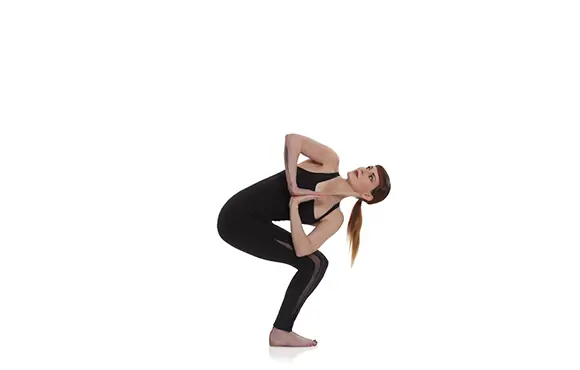
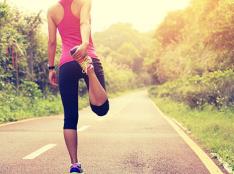

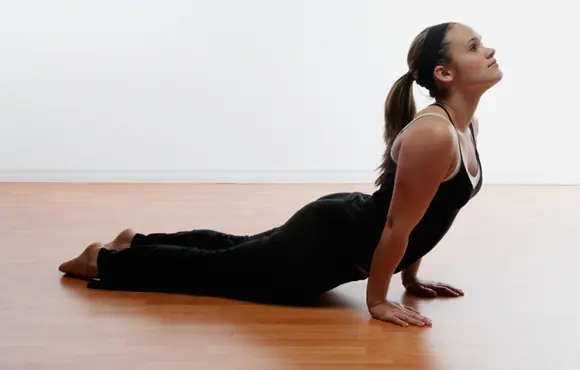
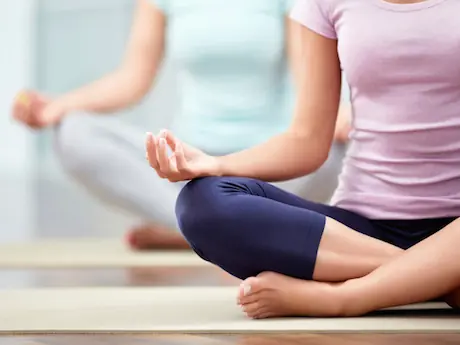
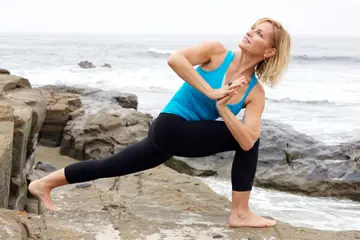
Discuss This Article